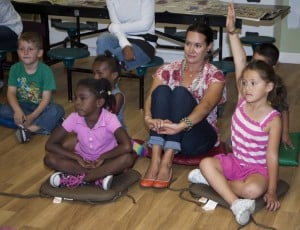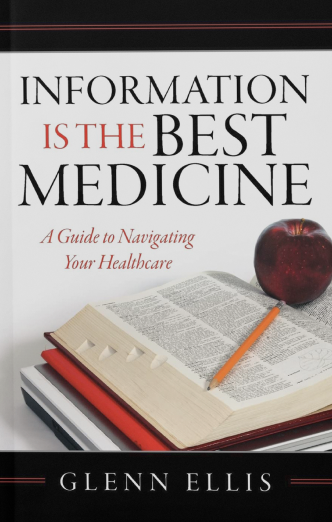According to the Office of Research at the United Nations Children’s Fund (UNICEF), the U.S. has one of the highest rates of child poverty in the developed world. Of the 35 wealthy countries studied by UNICEF, only Romania has a child poverty rate higher than the 23 percent rate in the U.S.
The rate is based on the definition of relative poverty used by the Organization for Economic Co-operation and Development (OECD).
Under this definition, a child is deemed to be living in relative poverty if he or she is growing up in a household where disposable income, when adjusted for family size and composition, is less than 50% of the median disposable household income for the country concerned.
Black children are more likely to live in poverty than children of any other race. The poverty rate among black children is 38.2 percent, more than twice as high as the rate among whites. The poverty rate for Hispanic children is 32.3 percent. 
The longer a child lives in poverty, the tougher it can be for them to climb out later in life. According to an analysis by Columbia University’s National Center for Children in Poverty, 45 percent of people who spent at least half of their childhood in poverty were poor at age 35. Among those who spent less than half of their childhood in poverty, just 8 percent were poor at age 35.
In Pennsylvania, 37.6% of Black children, and 41.6% of Latino children live in poverty as of 2010. Fifty-three percent of Black children raised in the bottom fifth of the income distribution will remain there as adults compared to only 32 percent of White children raised in similar economic circumstances.
Compounding the poverty issue for children is the issue of homelessness.
An estimated one in 45 children – or 1.6 million – was homeless in America each year between 2006 and 2010. Approximately 40 percent of those homeless children, or 640,000, were five or younger.
Homeless children: Experience food insecurity, with one-third reporting that they skip meals; are more than twice as likely as middle-class children to have moderate to severe acute and chronic health problems; and are twice as likely as other children to repeat a grade in school, to be expelled or suspended, or
to drop out of high school.
Living in a neighborhood with a high poverty rate is associated with a learning loss equivalent to a full year of school among Black children and high school graduation rates that are as much as
20 percentage points lower than those in more-advantaged communities.
In 2010, one in nine children – 16 million in total – lived in households struggling to afford the food they needed to ensure their children would not go to sleep or to school hungry. One out of 77 children went without enough food at least once.
Twenty-two percent of children who have lived in poverty do not graduate from high school, compared to six percent of those who have never been poor. Thirty-two percent of students who spent more than half of their childhoods in poverty do not graduate.
Compared to more affluent children, children on Medicaid may be less likely to live in neighborhoods where they can play and exercise safely outdoors, and their caretakers are less likely to have access to supermarkets selling fresh, healthy foods.
This is as much about poverty and race as it is about health. 
A 2012 Annie E. Casey Foundation study examined the relationship among family income, high school completion and third-grade reading on a national level:
• About 16% of children who could not read proficiently by the end of the third grade do not graduate from high school on time—this is four times greater than the rate for proficient readers.
• This percentage rises to 26% for children who have been poor for at least a year of their lives and who could not read proficiently by the end of the third grade.
• This statistic climbs to 35% for children who are poor, who live in neighborhoods of concentrated poverty and who could not read proficiently by the end of the third grade.
Inadequate school attendance is another problem for poor children. Research indicates that poor children tend to miss four times more school than their more affluent peers. Studies have found a number of reasons to explain this problem, including hunger, asthma, anxiety, fear, insufficient funds for school supplies or books, and a lack of quiet places to read or study.
Without high-quality early childhood intervention, an at-risk child is: 25 percent more likely to drop out of school; 40 percent more likely to become a teen parent; 50 percent more likely to be placed in special education; 60 percent more likely never to attend college; 70 percent more likely to be arrested for a violent crime; and thirty percent of poor children score very low on early reading skills, compared to only seven percent of children from moderate- or high-income families.
Our lack of quality childcare and after-school programs puts these kids at risk and endangers the nation’s future in a knowledge economy. Our lack of support for flexible work arrangements and Social Security credits for caregivers puts these parents at risk.
Some of us have the luxury of getting in our cars and going to our local grocery store where there is a plethora of opportunities to buy vegetables, fruits and other food that is healthy for our bodies. Sure, the grocery stores are all stocked with food and snacks that are really bad for most of us as well, but with a little strength we can ignore those aisles.
What if those opportunities were not as available to us as they are now? What if we lived in what’s called a food desert, where we are surrounded by fast food and cheap grocery stores that offer fatty snacks, drinks with pounds of sugar and cheap highly processed foods? People who live below the poverty line in large cities have more opportunities to eat unhealthy and it has hit epidemic proportions.
While we get ready to get in the “holiday” spirit…remember the children.
When it comes to educating children, and them growing into healthy and productive adults, poverty matters…
